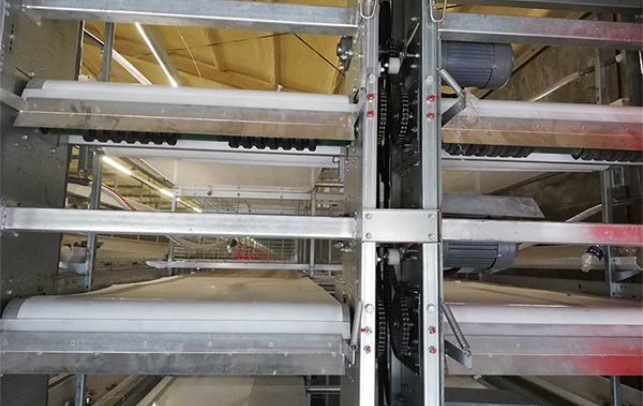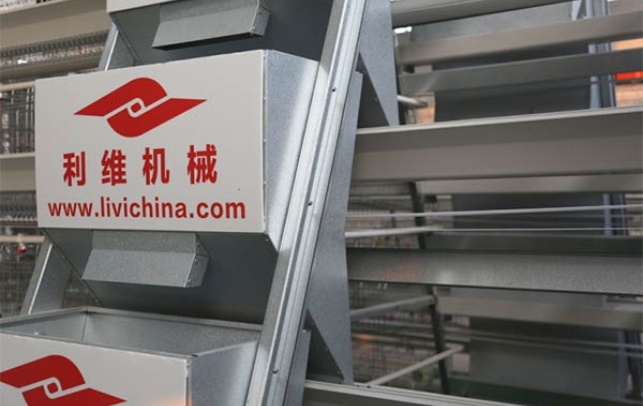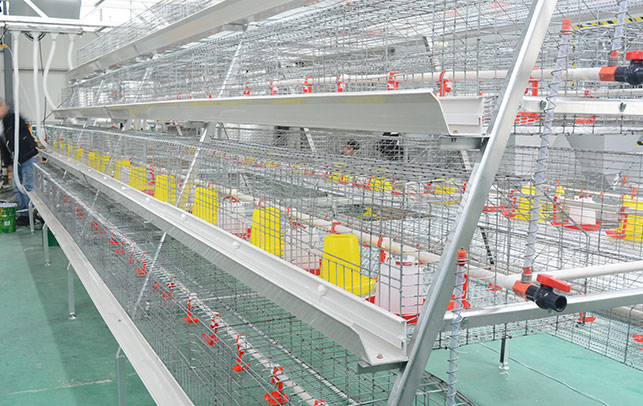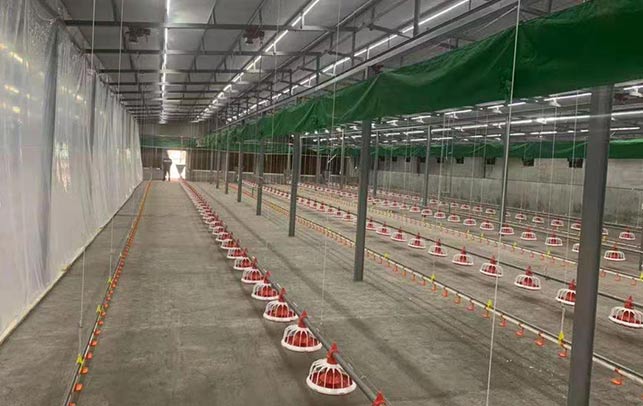50000 Chicken Layer Farm Layout: A Comprehensive Guide
Time : 2025-03-26
Running a successful chicken layer farm requires careful planning and efficient layout design. In this article, we will delve into the layout of a 50,000 chicken layer farm, providing you with a comprehensive guide to maximize productivity and minimize costs. Whether you are a beginner or an experienced farmer, this article will equip you with the knowledge needed to create an optimal farm layout.
Understanding the Basics of Chicken Layer Farm Layout
A well-designed chicken layer farm layout is crucial for the overall success of the operation. It ensures that the chickens are comfortable, healthy, and productive. Here are some key factors to consider when planning your farm layout:
- Space allocation: Proper space allocation for chickens is essential for their well-being and productivity. Ensure that each chicken has enough space to move around and spread its wings.
- Environmental control: Maintaining the right temperature, humidity, and ventilation is vital for the health of the chickens. A well-ventilated and temperature-controlled environment can prevent diseases and improve egg production.
- Water and feed systems: Efficient water and feed systems are essential for the smooth operation of the farm. Ensure that water and feed are readily available to the chickens at all times.
- Manure management: Proper manure management is crucial for maintaining a clean and hygienic environment. Implementing an effective manure management system can also help reduce costs and improve sustainability.
Layout Design for a 50,000 Chicken Layer Farm
Designing a layout for a 50,000 chicken layer farm requires careful consideration of various factors. Here is a step-by-step guide to help you create an optimal layout:
1. Determine the Farm Size and Shape
The first step in designing your farm layout is to determine the size and shape of the farm. Consider the available land, local regulations, and the desired production capacity. A rectangular or square layout is often preferred due to their ease of management and efficient use of space.
2. Divide the Farm into Sections
Divide your farm into different sections, such as brooding, growing, and laying pens. This will help in managing the chickens at different stages of their lifecycle more effectively. Ensure that each section is clearly demarcated and has the necessary infrastructure, such as feeders, waterers, and manure pits.
3. Plan for Chicken Houses
Design the chicken houses with the following considerations:
- Size: The size of the chicken houses should be based on the number of chickens to be housed. Ensure that there is enough space for the chickens to move around and lay eggs comfortably.
- Ventilation: Proper ventilation is essential for maintaining a healthy environment. Use natural and mechanical ventilation systems to ensure a constant supply of fresh air.
- Temperature control: Implement a reliable temperature control system to maintain optimal conditions for the chickens throughout the year.
4. Install Water and Feed Systems
Design an efficient water and feed system that can cater to the needs of 50,000 chickens. Ensure that water and feed are readily available at all times, and consider using automated systems for better management.
5. Implement Manure Management
Develop a manure management plan that includes the collection, storage, and utilization of manure. Implementing an effective manure management system can help reduce costs, improve sustainability, and minimize environmental impact.
Conclusion
Creating an optimal layout for a 50,000 chicken layer farm requires careful planning and consideration of various factors. By following the guidelines outlined in this article, you can design a farm layout that maximizes productivity, minimizes costs, and ensures the well-being of your chickens. Remember to always prioritize the health and comfort of your chickens when planning your farm layout.











